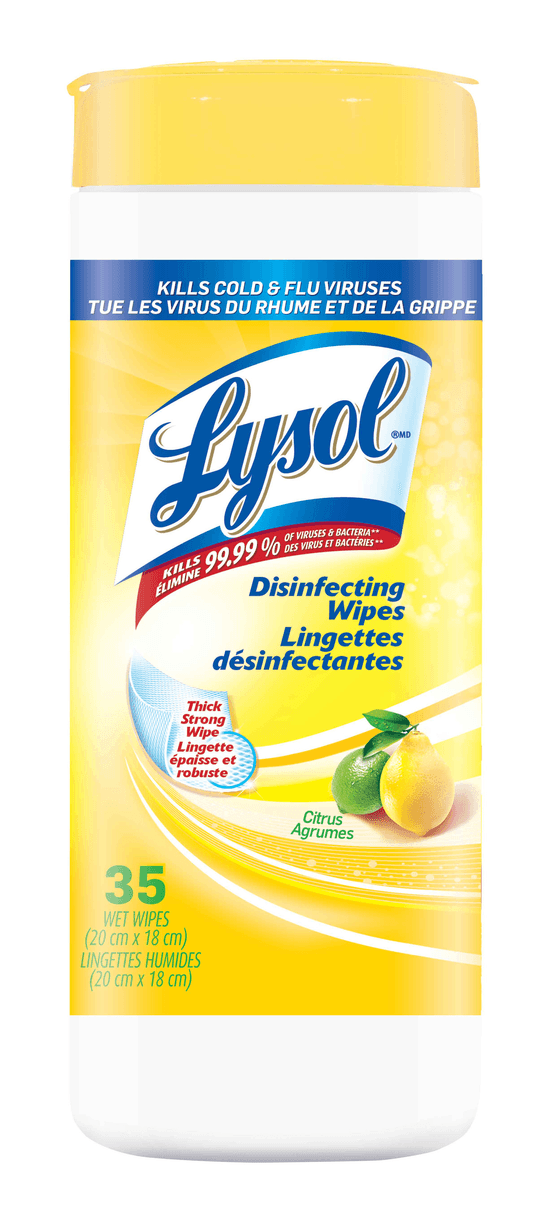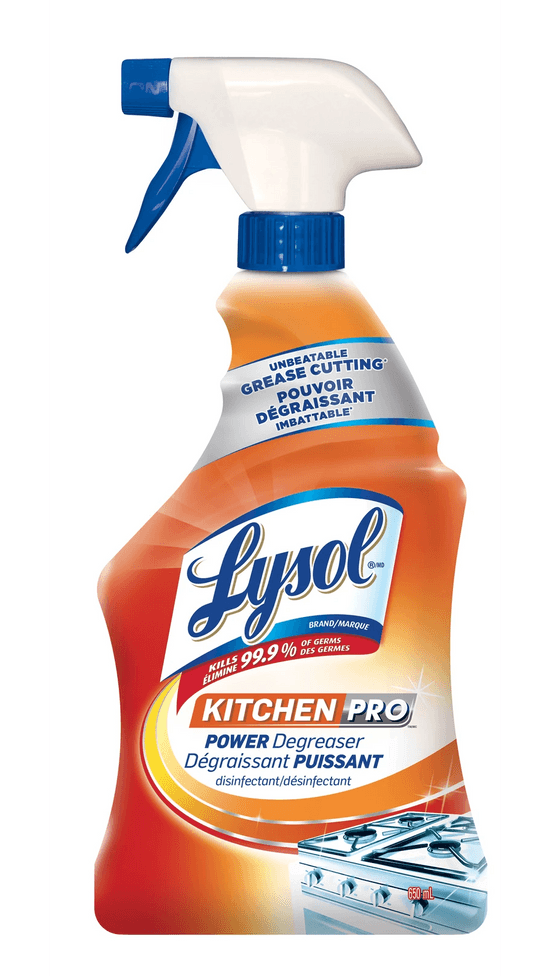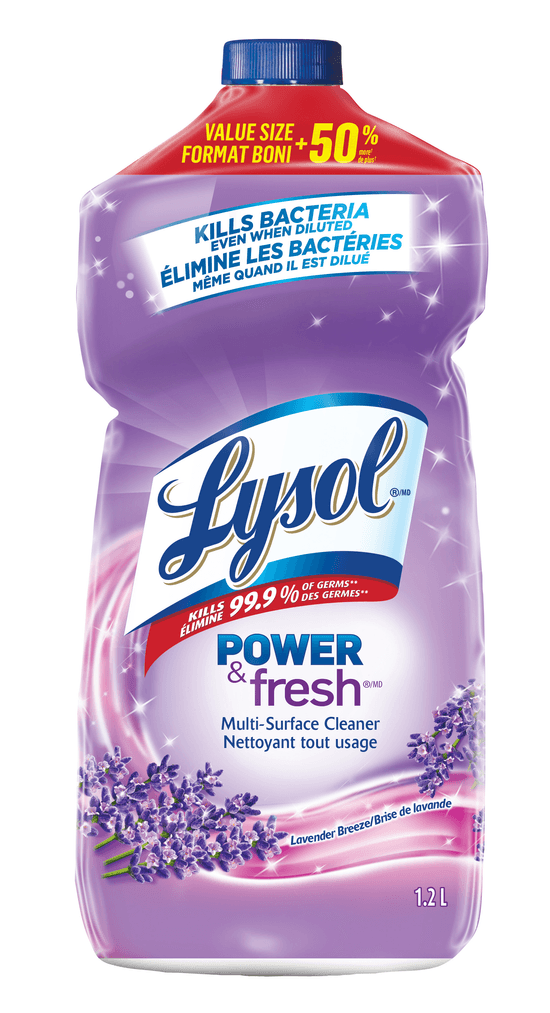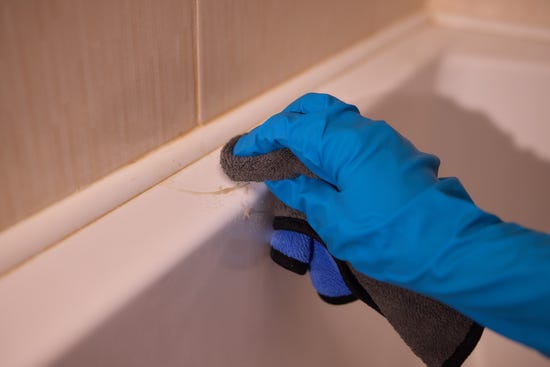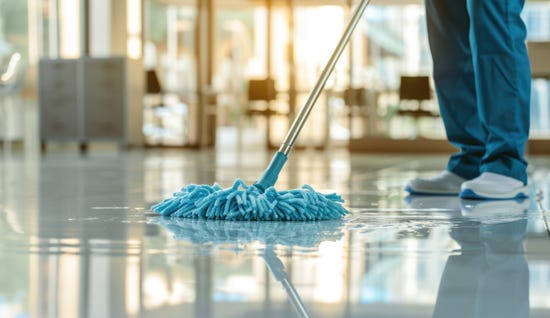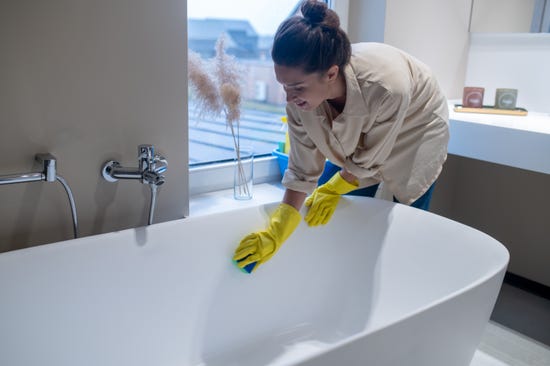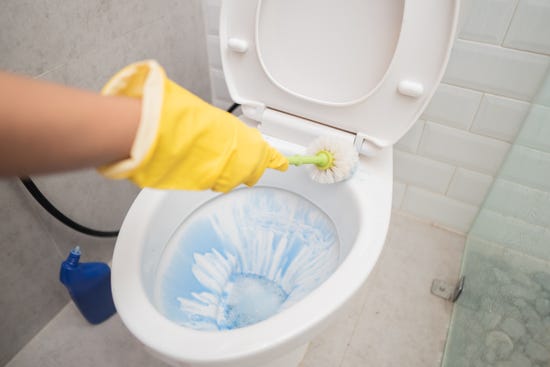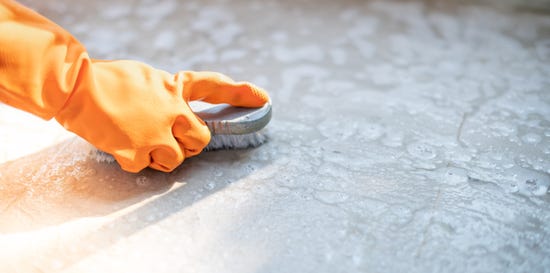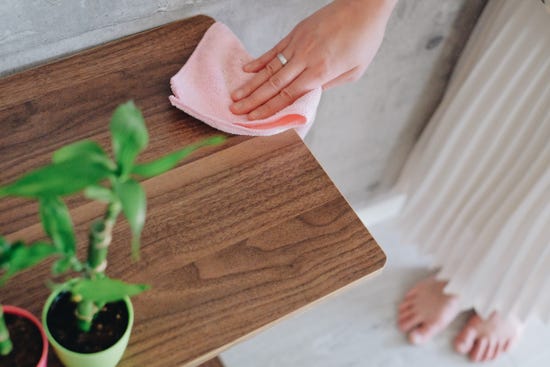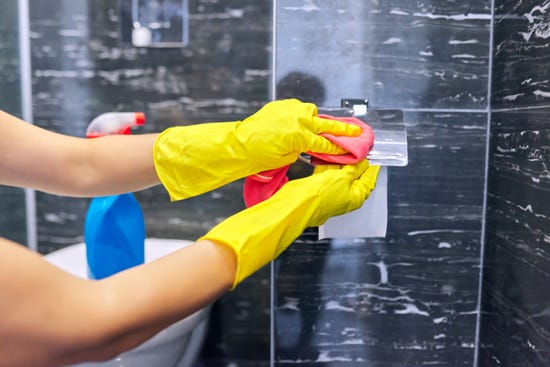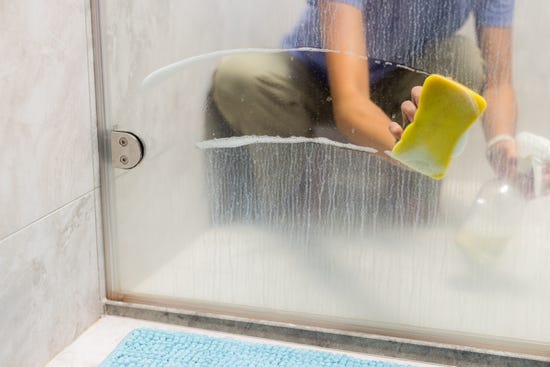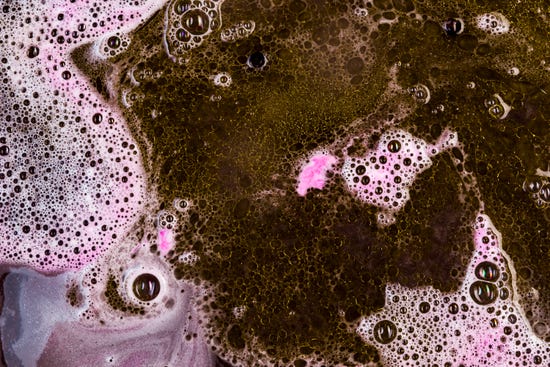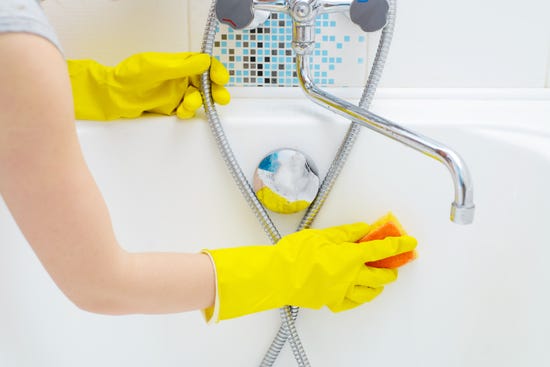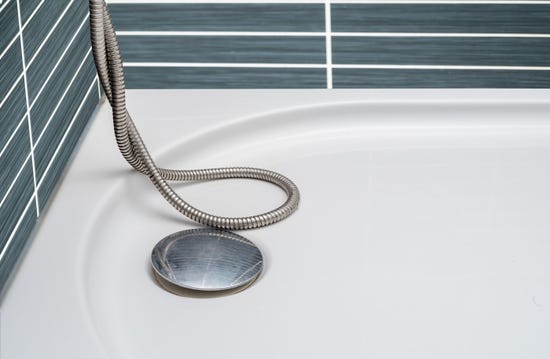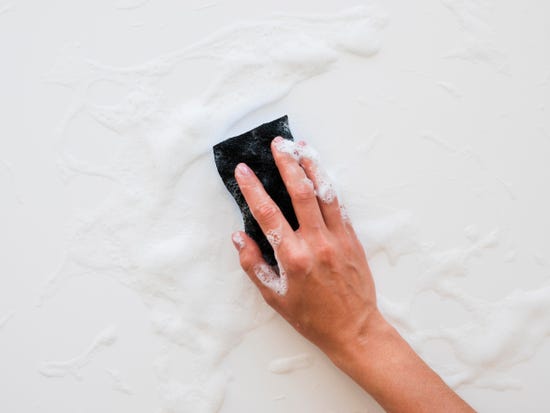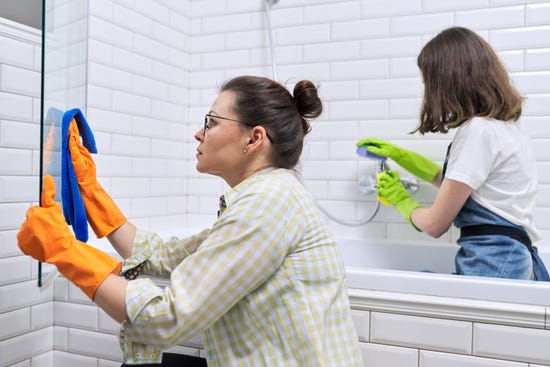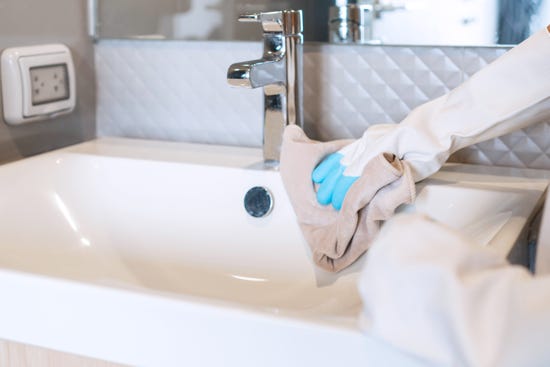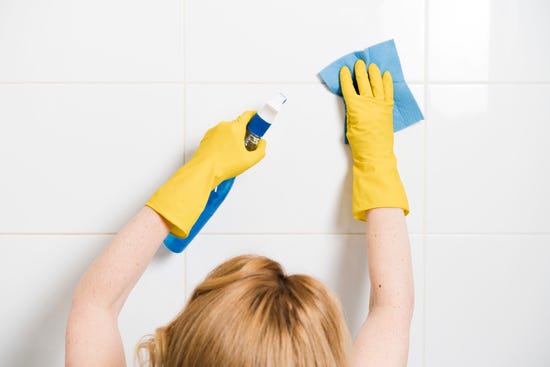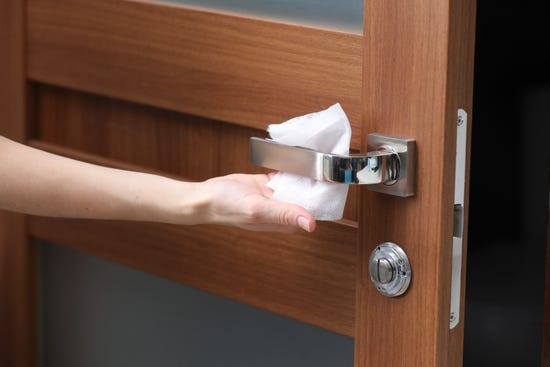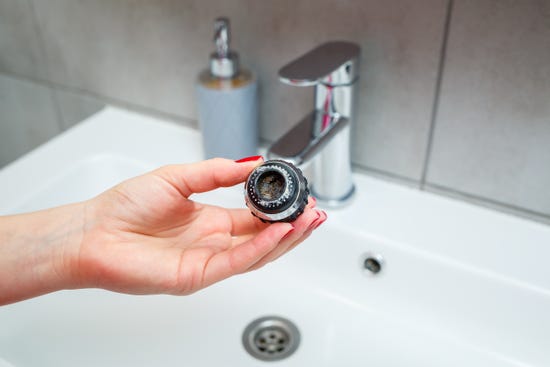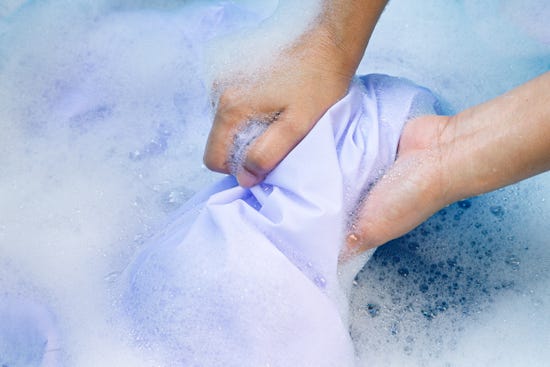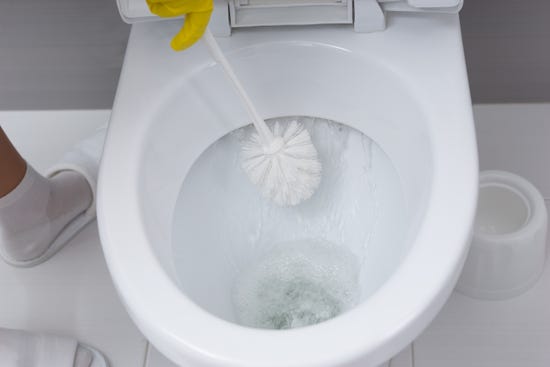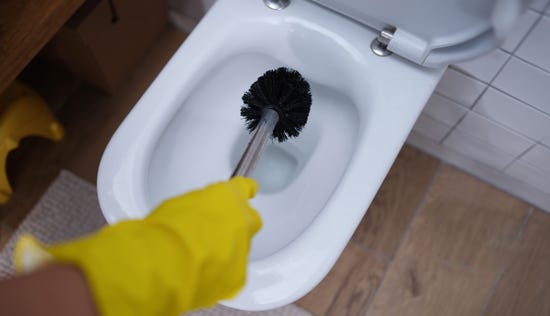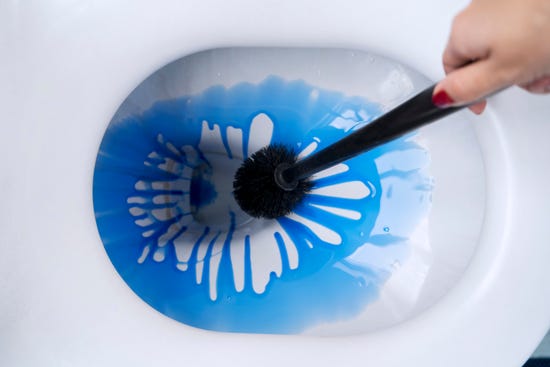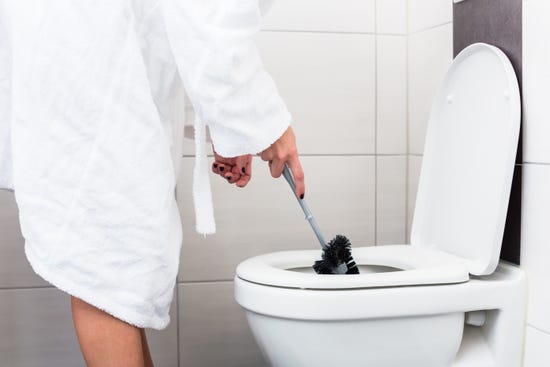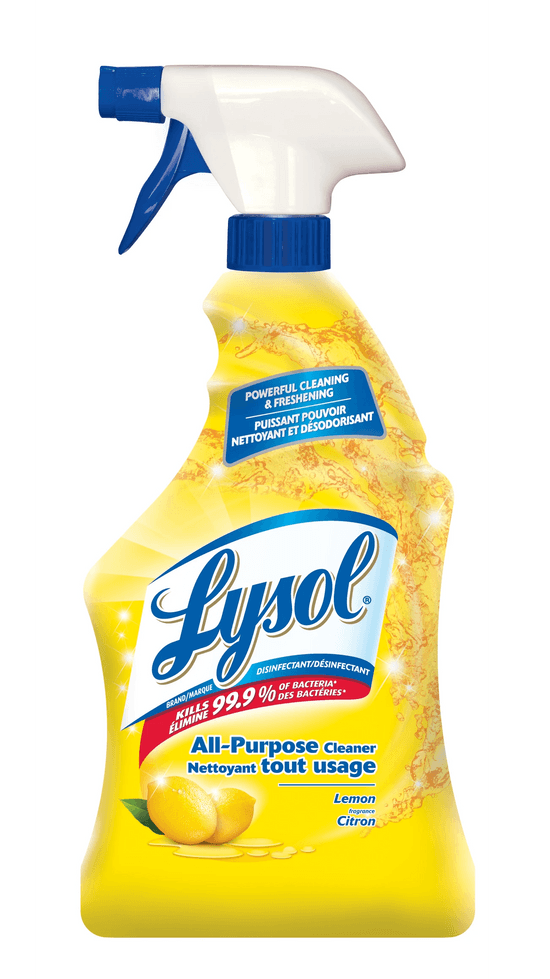
How Do You Clean a Stainless Steel Sink?
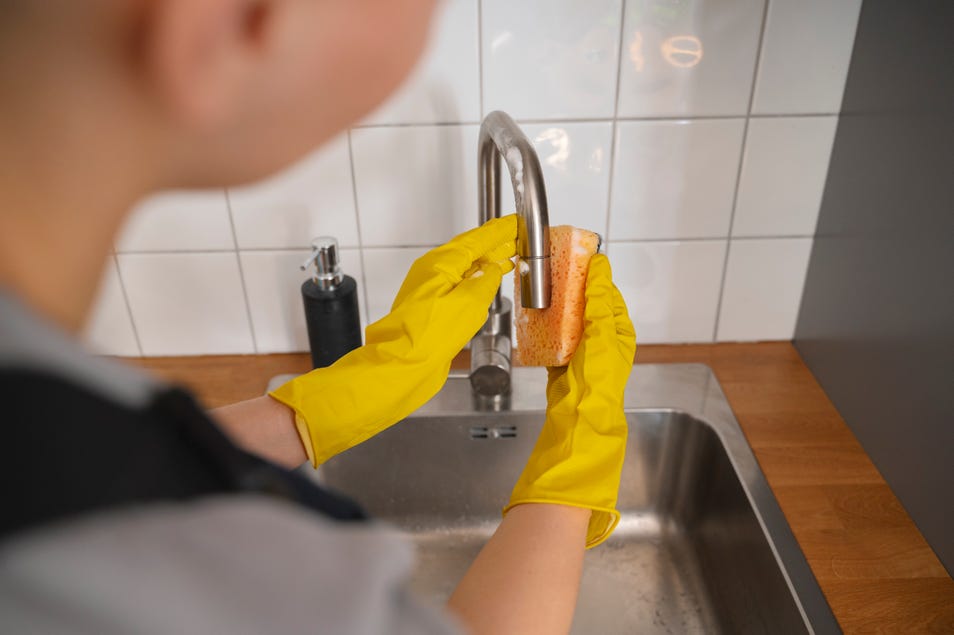
Stainless steel sinks are one of the most popular types of sinks due to their timeless, sleek, shiny, and durable nature.
Long used in kitchens for sinks and countertops, this steel features chromium, which provides corrosion resistance, and nickel, which enhances the brightness typically absent in pure steel.
However, without proper care or a little elbow grease, even the best sinks can quickly lose their luster, developing water spots, stains, and a dull appearance.
Luckily, with a few simple steps and reliable cleaning and disinfecting products, such as Lysol® Multi-Purpose Cleaners, you can easily restore your stainless steel sink to its original brilliance.
Continue reading our article to learn how to clean a stainless steel sink for a fresh, spotless, germ-free, flawless sink.
What to use to clean stainless steel sink
The best way to clean a stainless steel sink involves a few simple steps: Applying the right cleaner, gentle scrubbing, and a thorough rinse. Here's a list of what you need:
- Lysol® All-Purpose Spray
- Toothbrush
- Soft-bristle brush
- Non-abrasive sponge
- Microfiber towel
How to clean a stainless steel sink
- Remove all dishes, utensils, and debris from the sink. Rinse thoroughly with warm water to wash away any loose food particles, grime, or soap residue.
- Spray your sink all over, including the drain and faucets, with Lysol® All-Purpose Spray. Ensure that you cover all corners, crevices, and hard-to-reach areas. This all-purpose cleaner spray penetrates and dissolves tough grease and soap scum and eliminates 99.99% of viruses and bacteria* .
- Allow the cleaner to sit for 2–5 minutes. This gives it time to break down grease, stains, and buildup, making the scrubbing process easier and more effective.
- Using a non-abrasive sponge or soft-bristled brush, scrub the sink gently. Always scrub in the direction of the stainless steel’s natural grain to avoid leaving scratches and achieve the best shine.
- Pay extra attention to areas around the drain, faucet base, and seams where grime tends to accumulate. For tight spaces, use an old toothbrush to scrub away trapped dirt.
- After scrubbing, rinse the sink thoroughly with warm water to remove all residue from the cleaner. Ensure no cleaner or debris is left behind.
- Use a clean, dry microfiber cloth to wipe down the sink. Drying helps prevent water spots and keeps your stainless steel surface polished and streak-free.
*When used as directed.
FAQs
How often should I clean my stainless steel sink?
You should wipe down your stainless steel sink daily and deep clean it at least once a week to maintain its shine and hygiene.
How do I keep my stainless steel sink free from germs?
Stainless steel sinks can harbor germs and bacteria, especially after food preparation. To keep your sink hygienic, it’s important to regularly clean and disinfect it using products like Lysol®. Lysol® disinfectants kill 99.99% of viruses and bacteria*, helping maintain a germ-free and hygienic environment.
Can I use an abrasive scrubber on a stainless steel sink?
No, harsh, abrasive, and scouring materials like steel wool or wire brushes should not be used for cleaning stainless steel, as they will leave scratch marks on the surface.
Should I dry my sink after every use?
Yes, drying your sink helps prevent water spots and mineral deposits, keeping it looking polished for longer.
